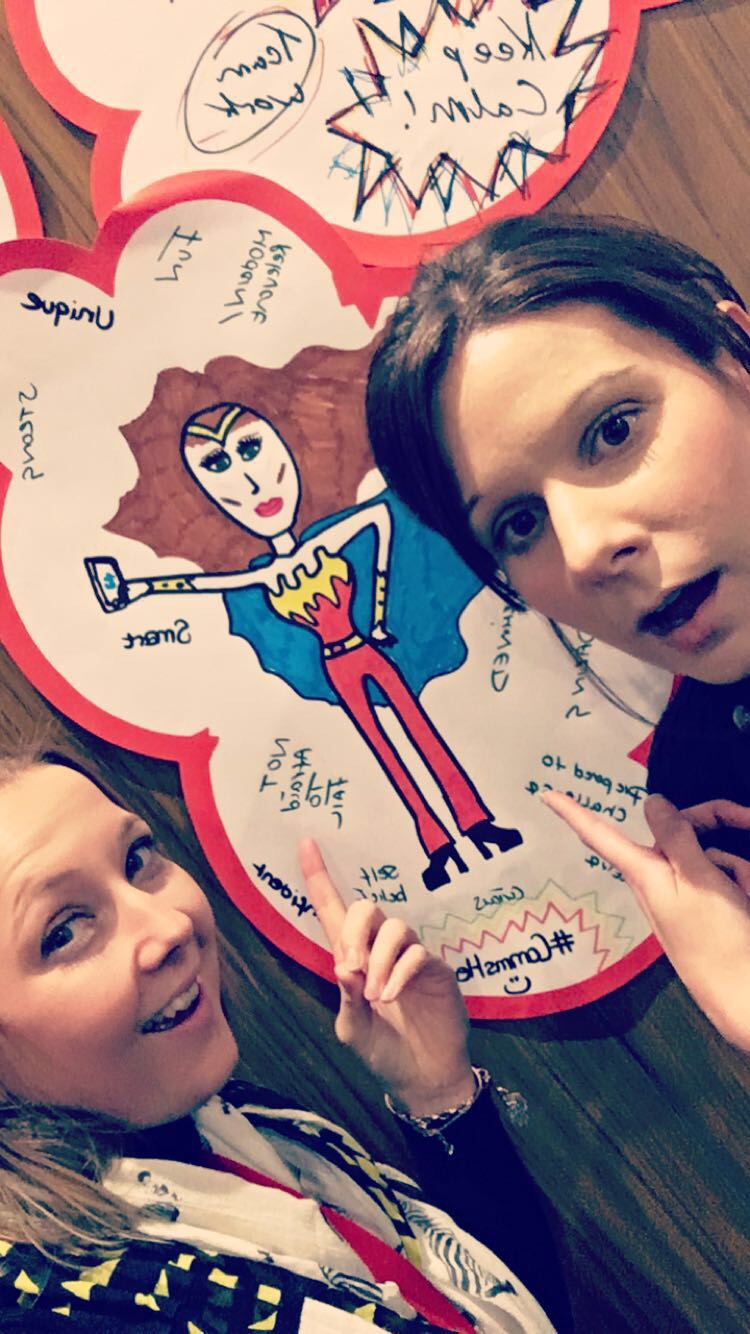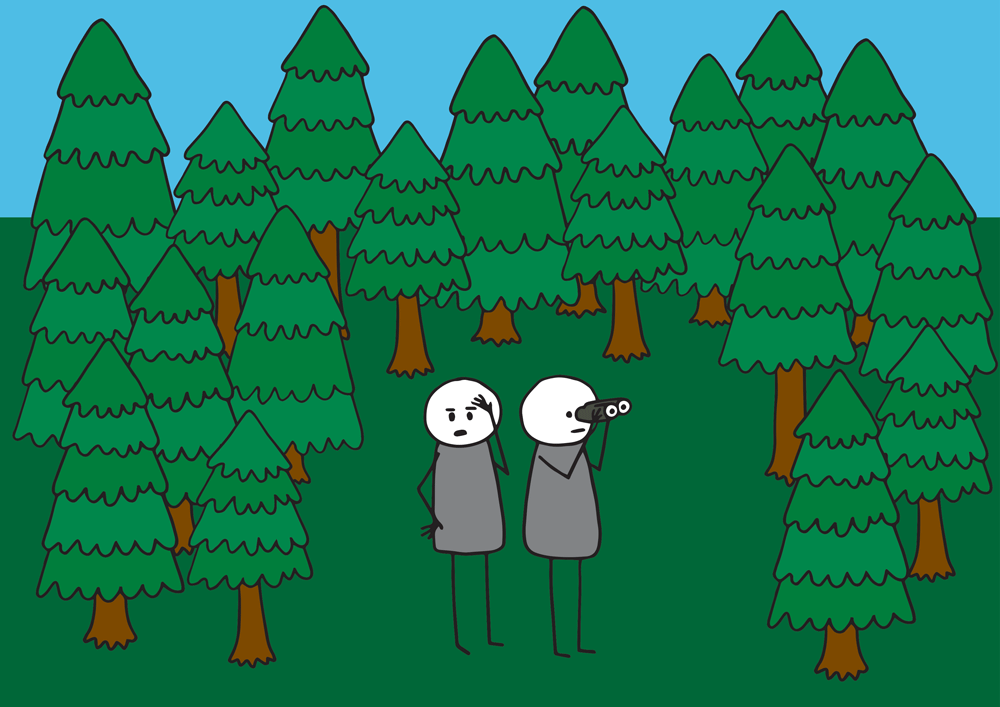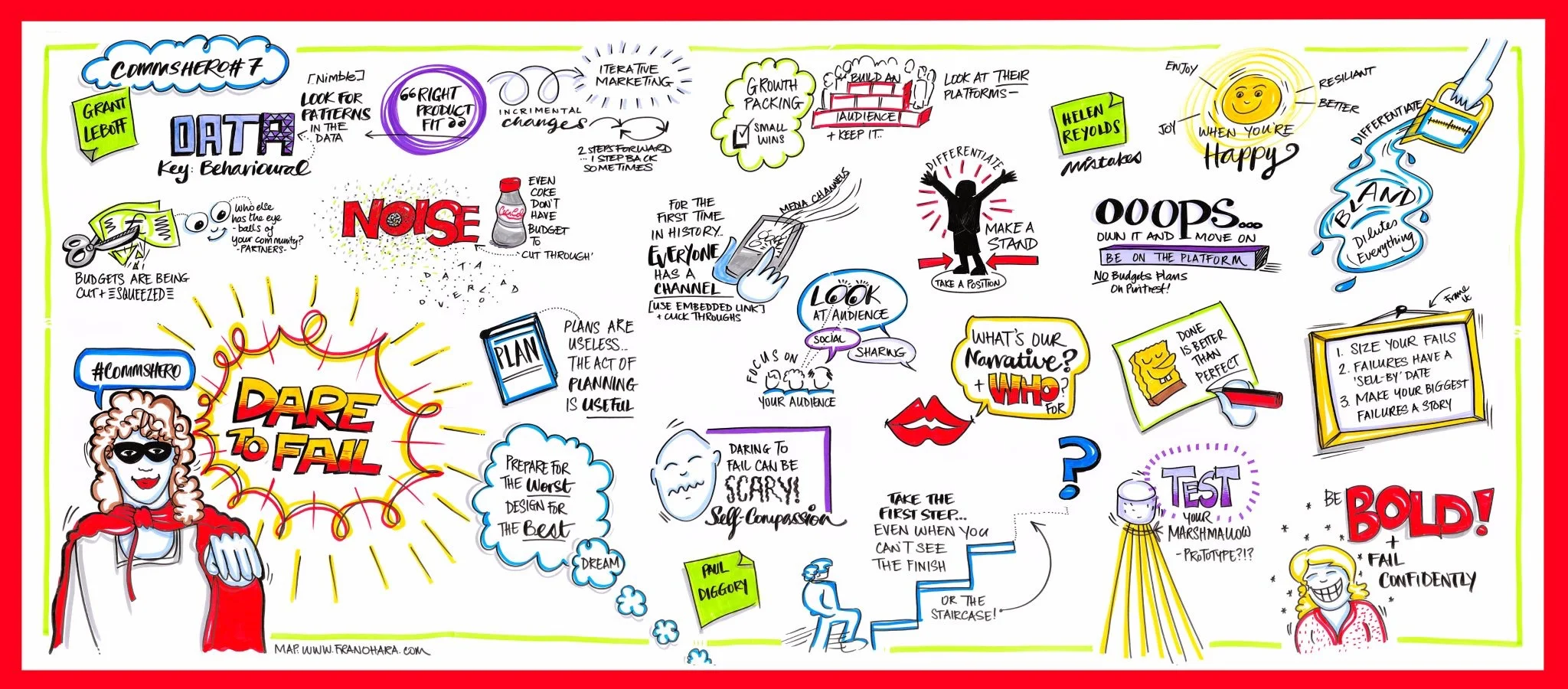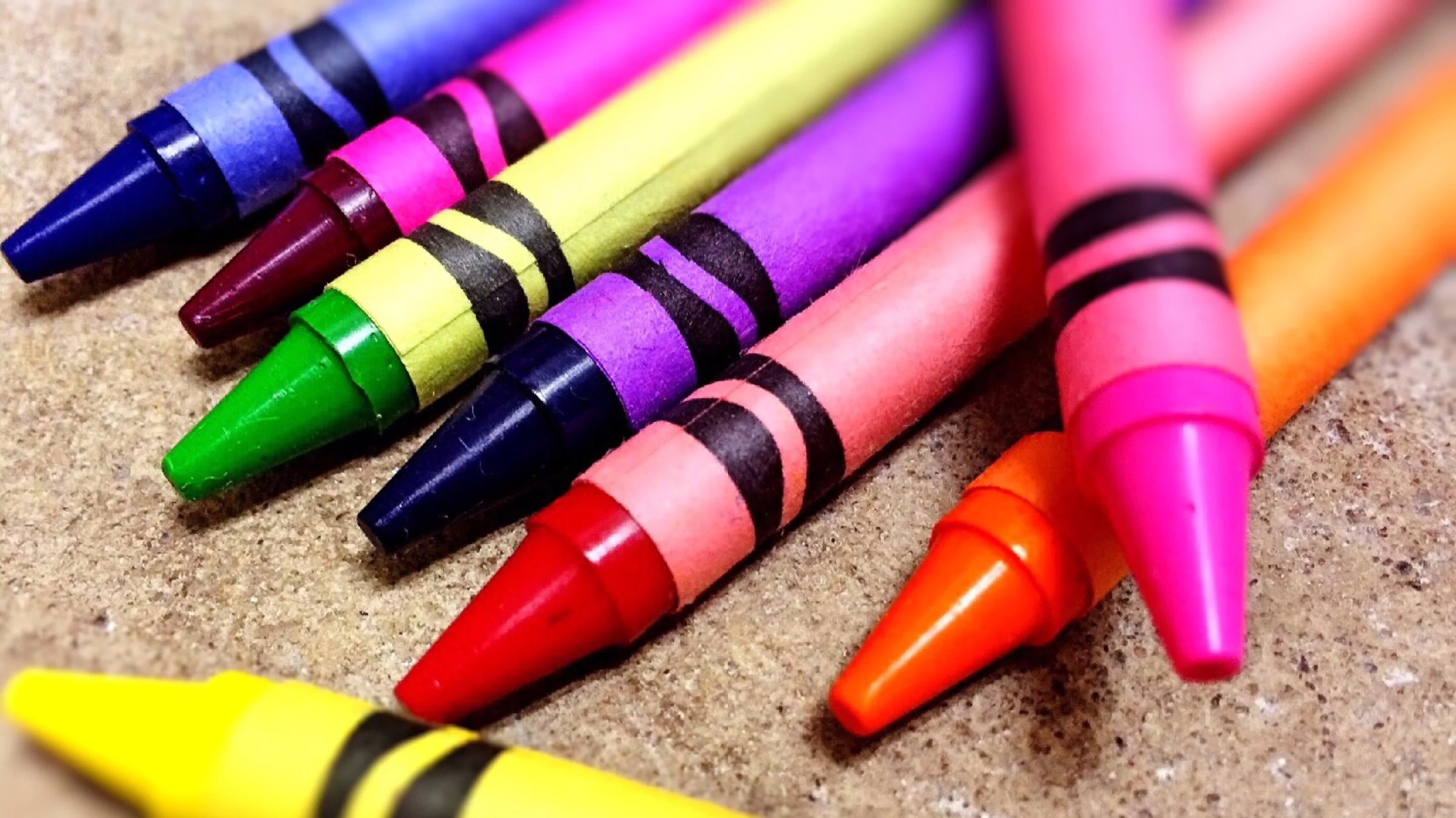One of my favourite parts of being a service designer is the fact I can indulge my weakness for stationary, Play-Doh and Lego. I am never without a notepad, Post-Its or my supply of Sharpies and there is good reason for this - sometimes you can’t beat articulating something by drawing it or making it. I mean, James Dyson made 5,127 versions of his bagless vacuum cleaner before he got to the one that is in millions of homes worldwide today - imagine if he hadn’t make a prototype and stuck with design number 1! Building products and services isn’t cheap, so visualising, modelling and testing is a way of helping you to see whether the current iteration is right for the problem it's intended to solve. Would you spend £100,000 on a car you’ve never test driven or expect a customer to be happy engaging with a service you’ve never tested?
Seriously, that's about as good as my drawing gets.....and I had a hand with that.
Now I’m no artist - I’m a creative, sure, but ask me to draw something and the best you’ll get is a stick man or a crudely imagined picture. I also need to point out that given my background in finance and economics, I’m also a sucker for data and graphs. Doesn’t stop me from being the first one to leap up and volunteer to draw on a flipchart or whiteboard though as sometimes, it's just easier to visualise what is in my head, or coming out of a group discussion, in short bullet points, pictures or an actual ‘so real you can touch it’ model.
Think back to when you were at school and you were introduced to the humble mind map and then university, when, if you were anything like me, your bedroom wall resembled an outtake of Memento. Our brains naturally look to make connections between facts, people and objects as that’s how we learn, and with everything moving at a mile a minute these days, it makes sense to facilitate these connections as quickly as possible. So I would advocate here that you get your pens out (or your iPad stylus) and start drawing.
Sometimes it's just difficult to see the wood from the trees. Sometimes we fall more in love with the solution than the problem. This is especially hard for designers who, after imagining what they believe is the most amazing product or service ever, often realise it's just not going to work in real life or people/users don’t get it. Small tests and prototyping stops this from happening, as even you yourself can’t argue your idea is brilliant when it turns out to be cack in real life.
It’s not just about making models either. Your brain processes visual stimuli 60,000 times faster than text, so you can technically visualise anything you put your mind to! Check out Fran O’Hara of the Scarlet Design Group if you don’t believe me, she can literally turn anything into a picture, whether that be a meeting or an event and you know what - it really works to solidify key points and learning.
Visual minutes by the fantastic @FranOHara from the Comms Hero event in Cardiff, 2016
This week, we started the task of redesigning our Trello board to show colleagues and anyone who is interested a clearer thread to how the projects we are working on relate to our ongoing transformation program, 2point0. This sounds a lot easier than it actually is, as there is a lot of information to convey from a 2point0 perspective and as the Lab, we will still be carrying out our horizon scanning and testing new concepts that may not necessarily relate directly to the program. We sat talking about it, discussing what we thought the lists should be called, what the cards should contain, etc, but it was only when we decided to make a ‘real life’ model of it we started to make headway. When I say a real life model, I literally mean we made our own Trello board on the floor with a few sheets of paper and those ever important Sharpies.
A living, breathing Trello board!
You may be thinking this is a waste of time, or wonder why we didn’t just play around with it on the screen, but hear me out. The physical action of writing the card titles and moving them around when they didn’t fit helped us to consider not just how we would like it to look, but also how other users would engage and connect with the information we were presenting. At the end of the day, the board isn’t for us here in the Lab - it's ultimately about promoting the work we are doing to the general public, so if our users don’t want to engage with it, then it’s not doing the job we created it to do.
We’ll be launching our new style Trello board next week, so keep your eyes peeled. In the meantime, go and buy those Crayola crayons - your brain will thank you.








